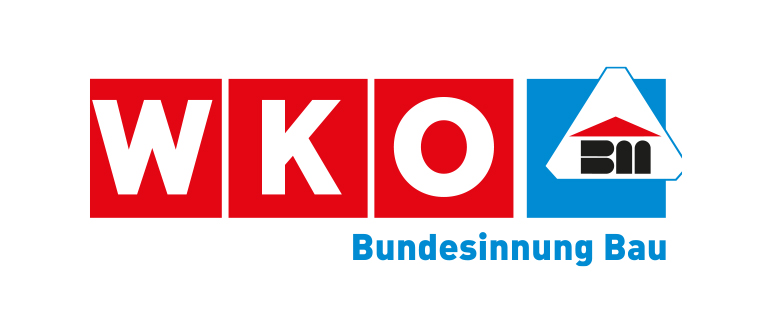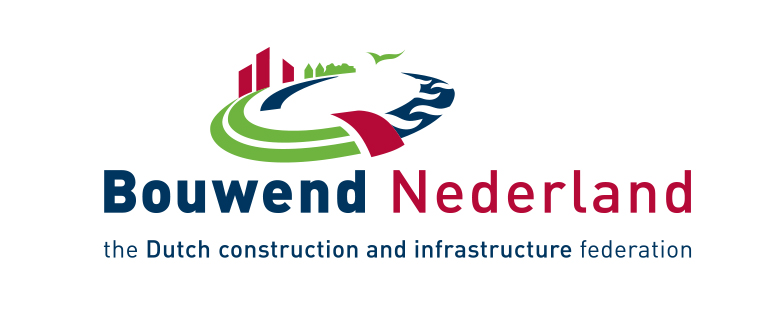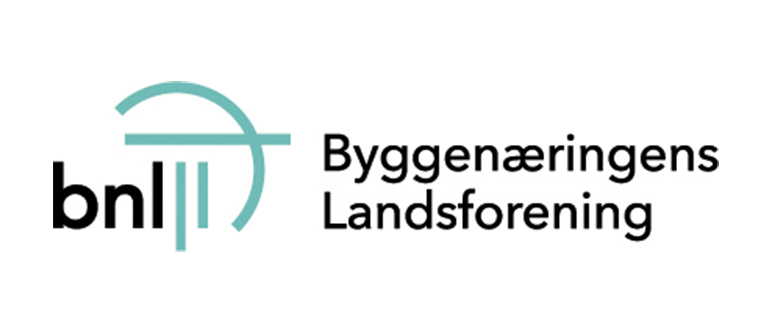Overall construction activity
According to the forecasts for the Portuguese economy released by Banco de Portugal (BP), after six years of growth, GDP fell by 8,1% in real terms in 2020, twice the decline the Portuguese economy registered in 2012 (-4,1%).
Following FEPICOP´s estimates, construction sector production grew by 2,5% (in real terms) compared to 2019. This growth, being more moderate than the one observed in the previous year, prolongs the growth cycle that the construction sector is experiencing since 2017. In fact, the construction sector demonstrated, throughout 2020, a high resilience to the constraints caused by the pandemic, with companies maintaining in operation a significant part, if not all, of their production capacity, thus guaranteeing a high level of production.
The growth in production in the construction sector since 2017 was accompanied by an increase in the number of construction workers, which went from 290,000, on average, in 2016, to 300,400 workers, on average, in the first three quarters of 2020. However, over that period of 2020, a year-on-year decrease of 2,3% was observed in the number of workers in the sector, slightly lower than the decline registered for the total number of workers of the economy (-2,4%). As a consequence, there was an increase in the weight of construction employment in total employment, which rose from 6,2% in 2019 to 6,3% in September 2020.
Construction sector production is expected to increase by 2,2% in 2021, although this evolution forecast may be compromised by the evolution of the Covid-19 pandemic and the restrictive measures adopted in the meantime.
Housebuilding
In 2020, the volume of production in the residential segment grew by around 4,5% (in real terms) compared to the previous year.Even with all the constraints resulting from the pandemic, the companies that operate in the residential segment performed very well - particularly those that are active in repair/maintenance works, which registered a growth rate of above 10% (in real terms).The production volume of new housing construction is expected to have almost stagnated in 2020 (0,2%) compared to 2019 (13,9%). This development was probably the result of decisions to postpone several investments.
According to INE data, the number of new housing permits during the year 2020 has been around 23,000, a decrease of about 3% compared to the previous year, while the new housing completions grew by 25,2% until September 2020 (with 12,604 completions so far).
Contrary to the housing completions evolution in 2020, housing sales data reflect a drop in the number of transactions and a stagnation in terms of housing transactions’ global value compared to 2019. Until the end of September 2020, 122,100 dwellings were transacted (-7,7% year-on-year) for a total amount of €18.7 billion.
The major share of transactions (84%) refers to houses in use, although these transactions decreased by 9,0%. New houses transactions recorded a residual decrease of 0,1% in the number of transactions.
For 2021, forecasts point to a decrease of 1% in the residential construction segment, a situation that has not been observed since 2014, due to the high level of uncertainty for 2021 which may lead to new postponements, or withdrawals, of several investments initially planned.
GDP 2020
BILLION
POPULATION 2020
Total investment in construction in 2020
BILLION
Non-residential construction
In 2020, production in the non-residential buildings segment registered a real decrease of 0,5% and was therefore the only segment that performed negatively. This result is a consequence of the contraction registered in the private component. In fact and after five years of positive growth rates, the private component registered, in 2020, a decrease in its production volume of 2%.
On the contrary, the public component registered a positive evolution, with a real growth rate of 2,0% and with a production volume corresponding to 39% of the total production of the non-residential building segment.
The number of non-residential building permits (in m²) decreased during 2020 - by 4,7% until the end of October (2.6 million m² were approved).
Building permits in tourism was the group that registered the most negative evolution (-45%), followed by the area of industrial buildings (-21.2%), which remained, nevertheless, the main destination of the licensed area until October 2020 (32.5% of the total).
The licensed area for commercial buildings registered the greatest increase (35,3%) and was, with a share of 23,8%, the second largest destination for non-residential building permits, followed by the area for agriculture, which grew by 34.6% and represented 13.8% to the total licensed area.
Non-residential construction production is expected to decline further in 2021 (-1.1% in volume), after a decrease of 0.5% in 2020. This results from the decline in activity of its private component (-3.0%, in real terms, in 2021), since public non-residential buildings production should keep growing (2%).
Civil engineering
In 2020, the civil engineering segment registered a growth rate of 3% in volume, compared to 2019, contributing significantly to the positive evolution of the entire sector.According to the data of the “Public Market Observer“, the public works market registered a very extensive expansion during 2020: The value of bids increased by 22% compared to 2019, and the amount of public contracts grew by more than 30%.The forecasted evolution for the civil engineering segment in 2021 is very positive with the previous year’s growth doubling to 6%. This can be attributed to an increase in public investment and the increase by more than 30% in the amount of public works contracts.
| Per cent variation of investment in real terms on previous year | |||||||
| investment Mln. € fixed prices | |||||||
| Sectors | 2020a | 2017 | 2018 | 2019 | 2020a | 2021b | |
| 1. | Building | 11,029 | 12.1 | 6.1 | 9.0 | 2.5 | -0.1 |
| 1.1. Housebuilding | 5,812 | 14.4 | 8.2 | 13.2 | 4.9 | -0.1 | |
| 1.1.1. New | 3,545 | 10.8 | 6.4 | 15.1 | 0.6 | -0.6 | |
| 1.1.2. Renovation | 2,267 | 20.6 | 11.0 | 10.4 | 11.6 | 0.7 | |
| 1.2. Non residential (c) | 5,217 | 9.9 | 3.9 | 4.7 | -0.1 | -0.1 | |
| 1.2.1. Private | 3,248 | 9.1 | 3.2 | 5.1 | -1.7 | -2.1 | |
| 1.2.2. Public | 1,969 | 11.2 | 5.2 | 4.1 | 2.4 | 3.0 | |
| 2. | Civil Engineering | 9,508 | 12.3 | 3.2 | 5.1 | 3.4 | 7.0 |
| (1 + 2) | Total Construction | 20,537 | 12.2 | 4.7 | 7.2 | 2.9 | 3.2 |
| a: estimate - b: forecast - c: incl. R&M | |||||||
| Number of building permits in residential construction | |||||||
| 2017 | 2018 | 2019 | 2020a | 2021b | |||
| single dwelling | 8,895 | 11,468 | 12,181 | 12,632 | 12,518 | ||
| collective dwelling | 5,654 | 9,485 | 11,967 | 11,202 | 11,555 | ||
| other types of dwelling | NA | NA | NA | NA | NA | ||
| Total | 14,549 | 20,953 | 24,148 | 23,834 | 24,072 | ||
| (Collective dwellings and other types of buildings: in number of flats) | |||||||



































